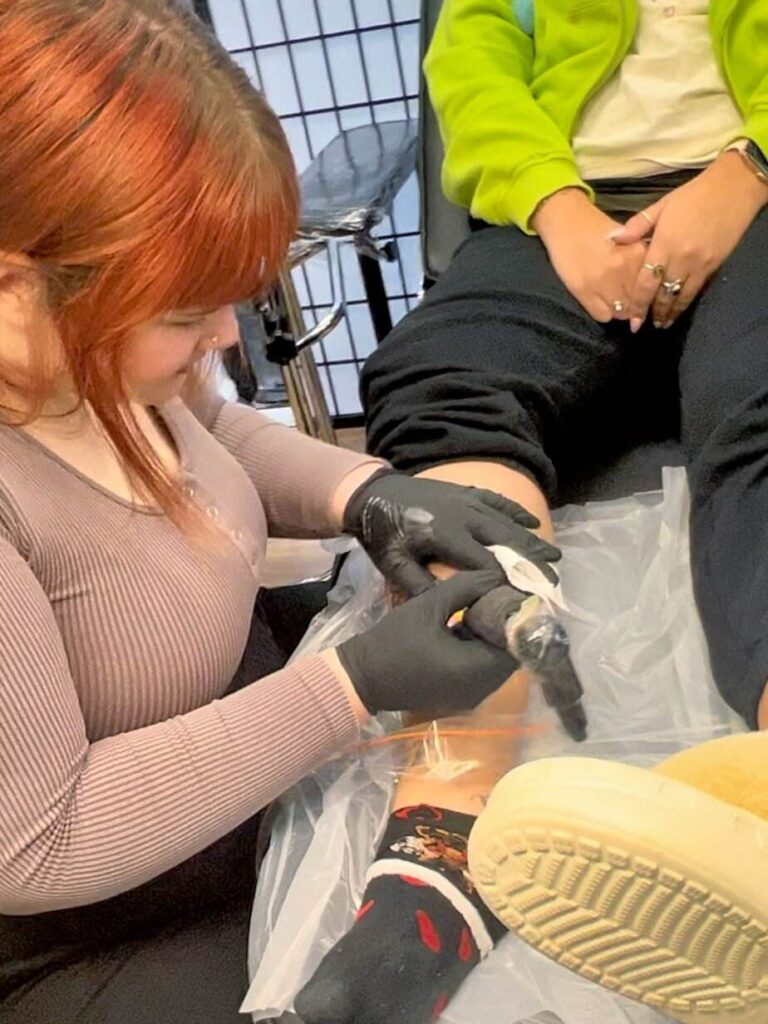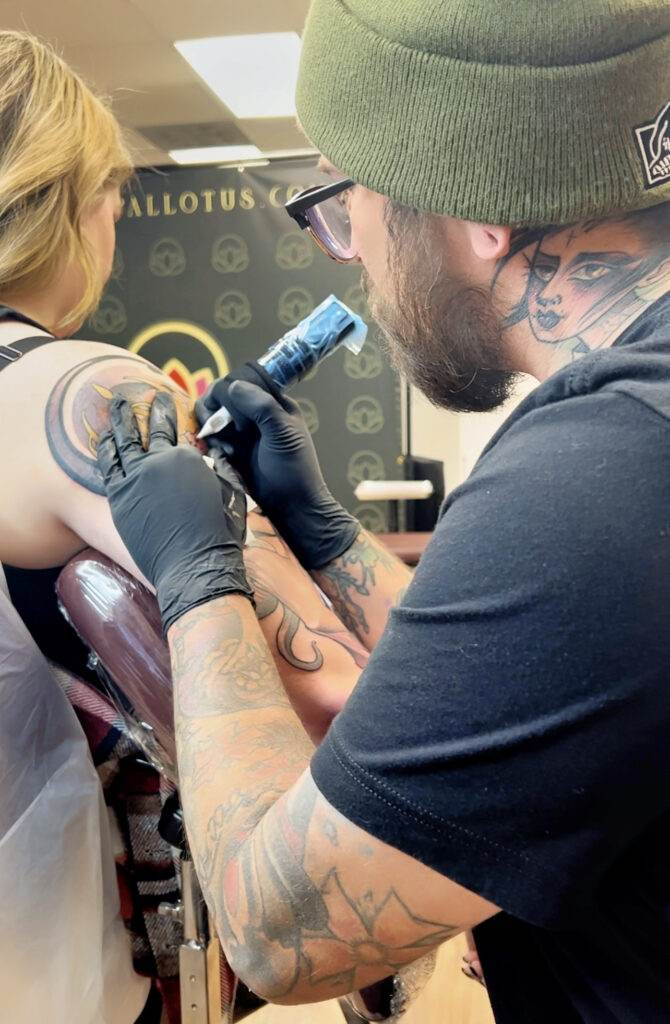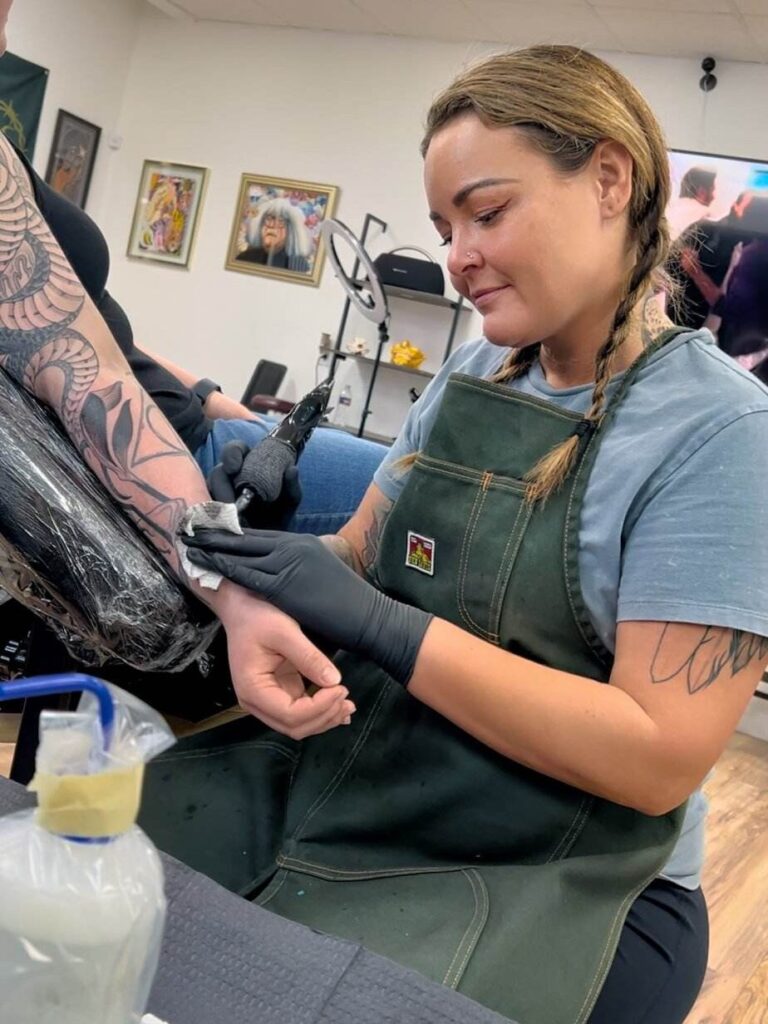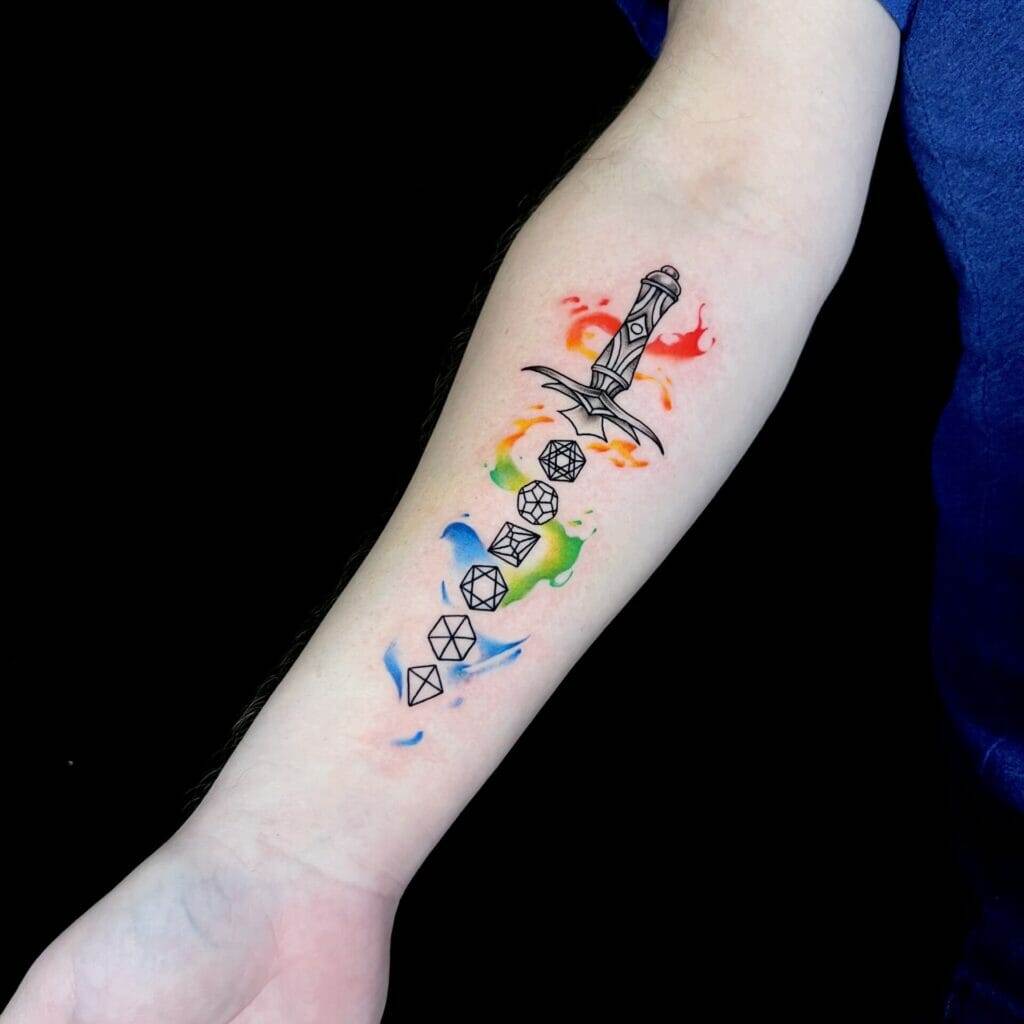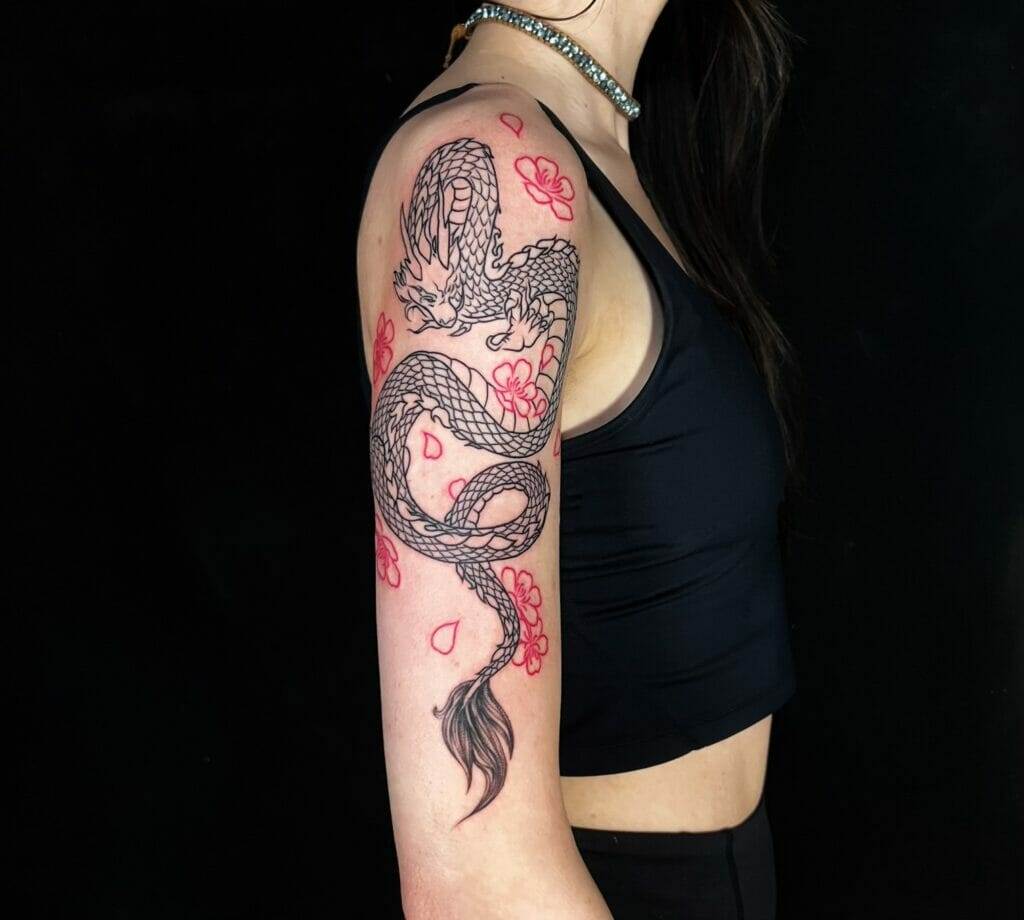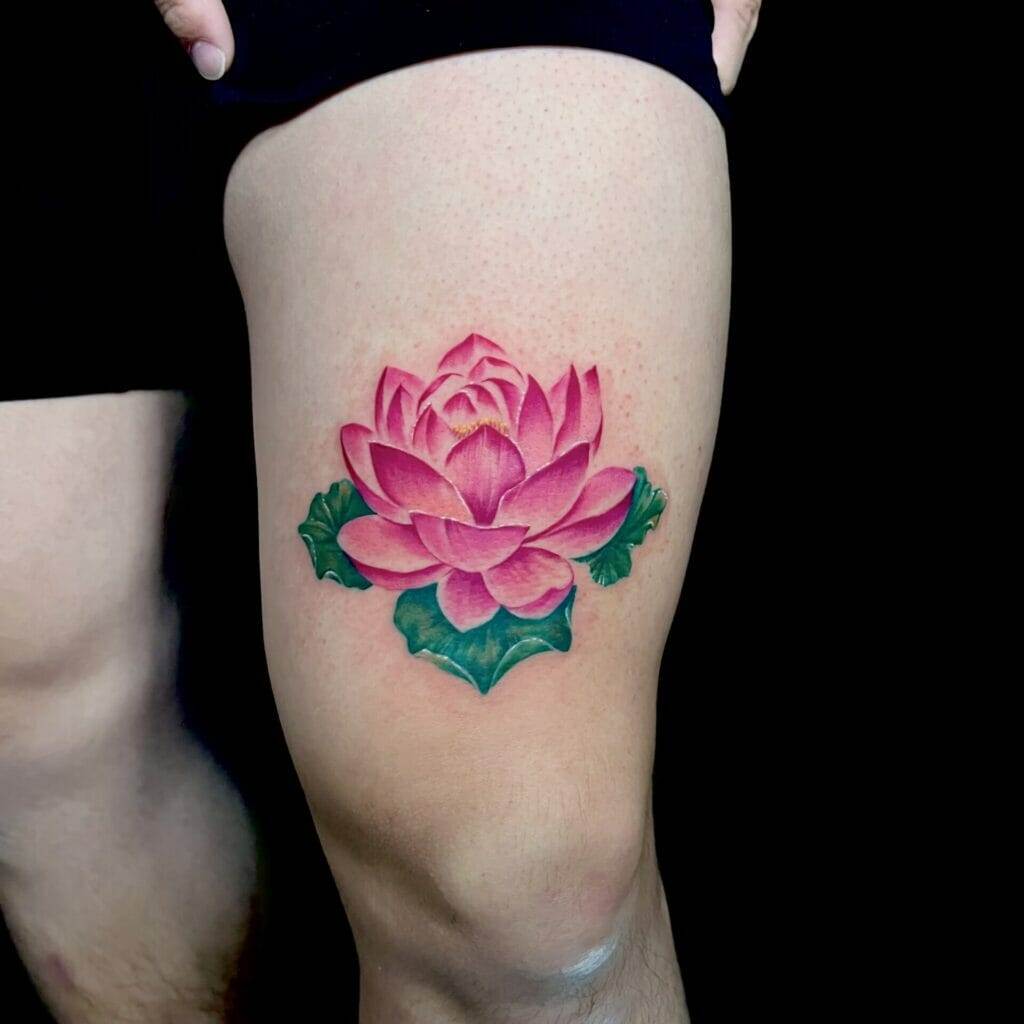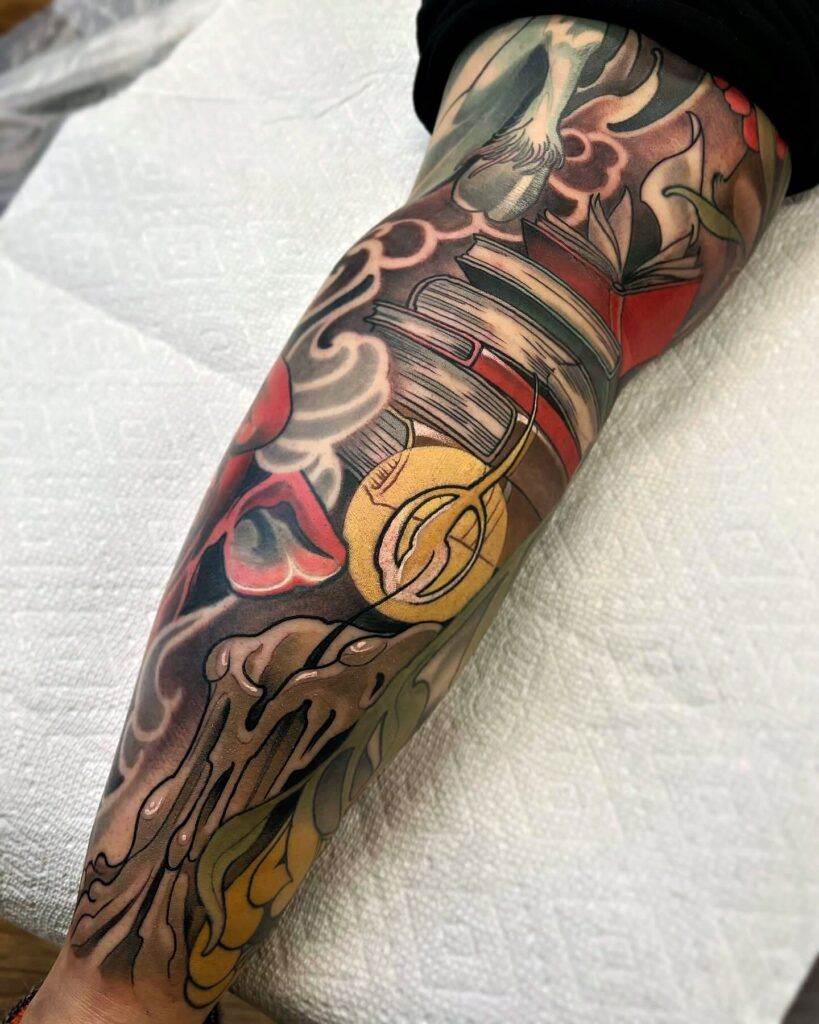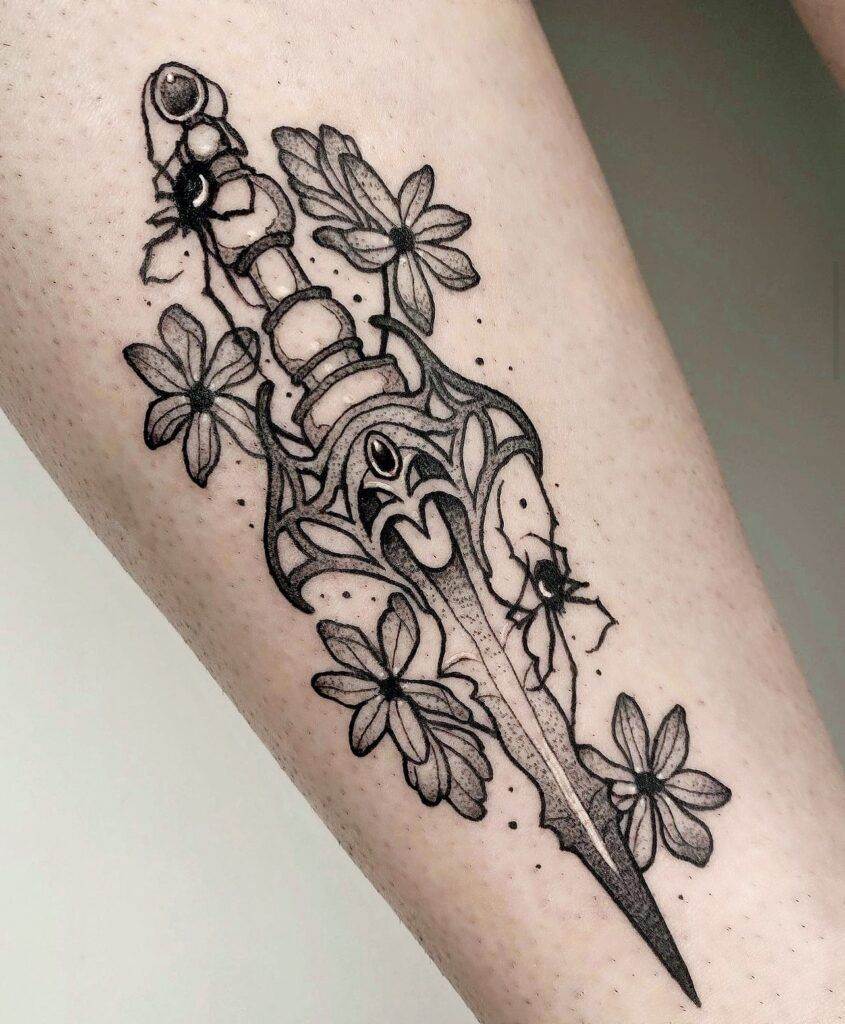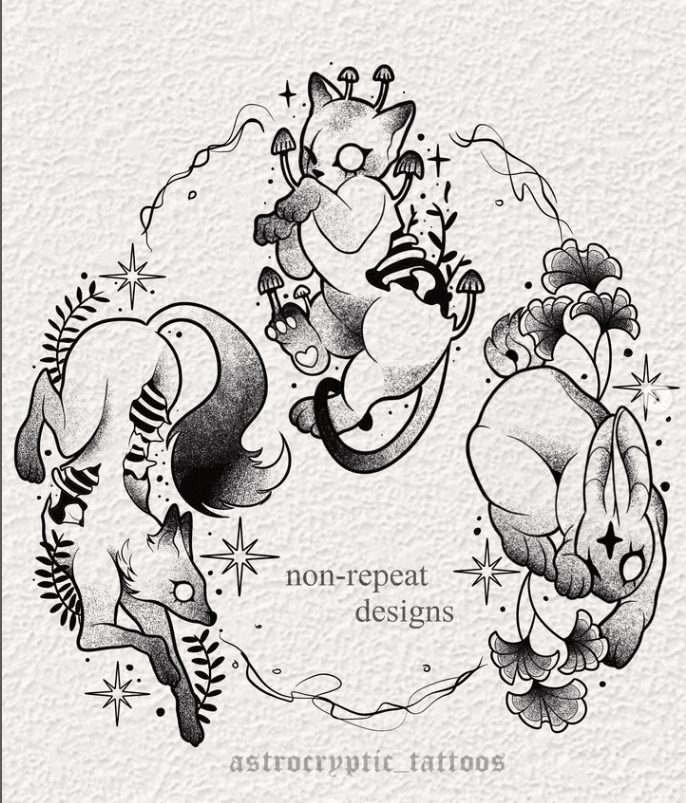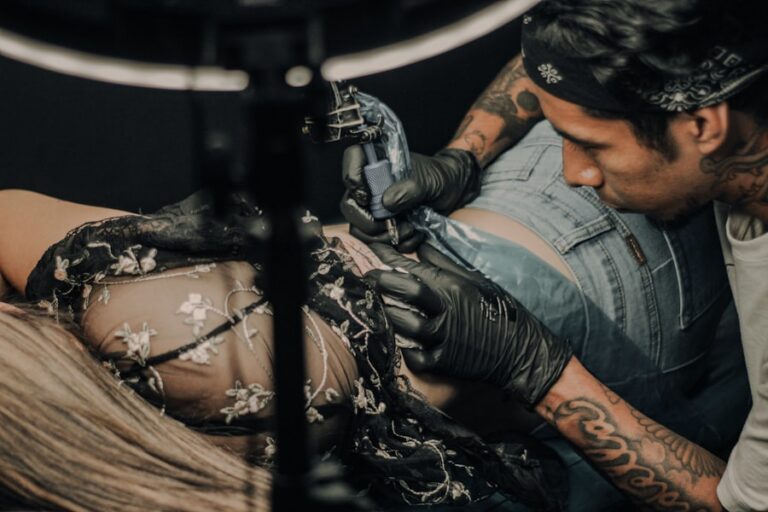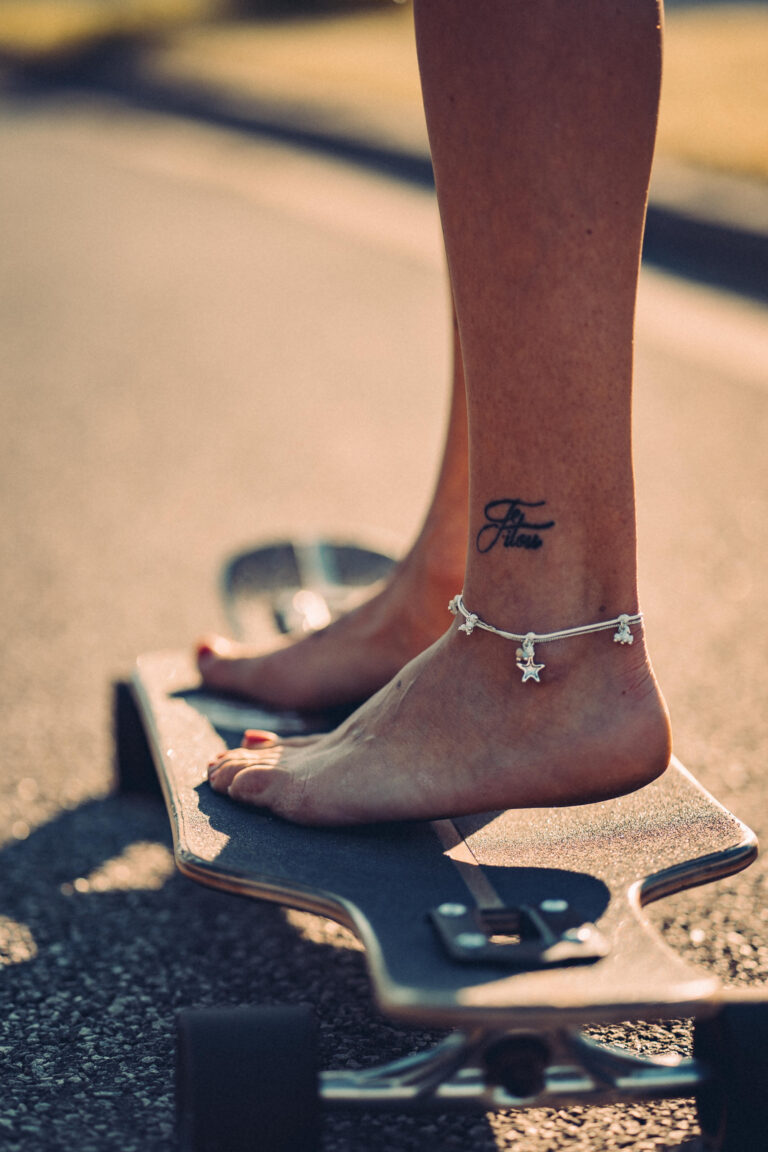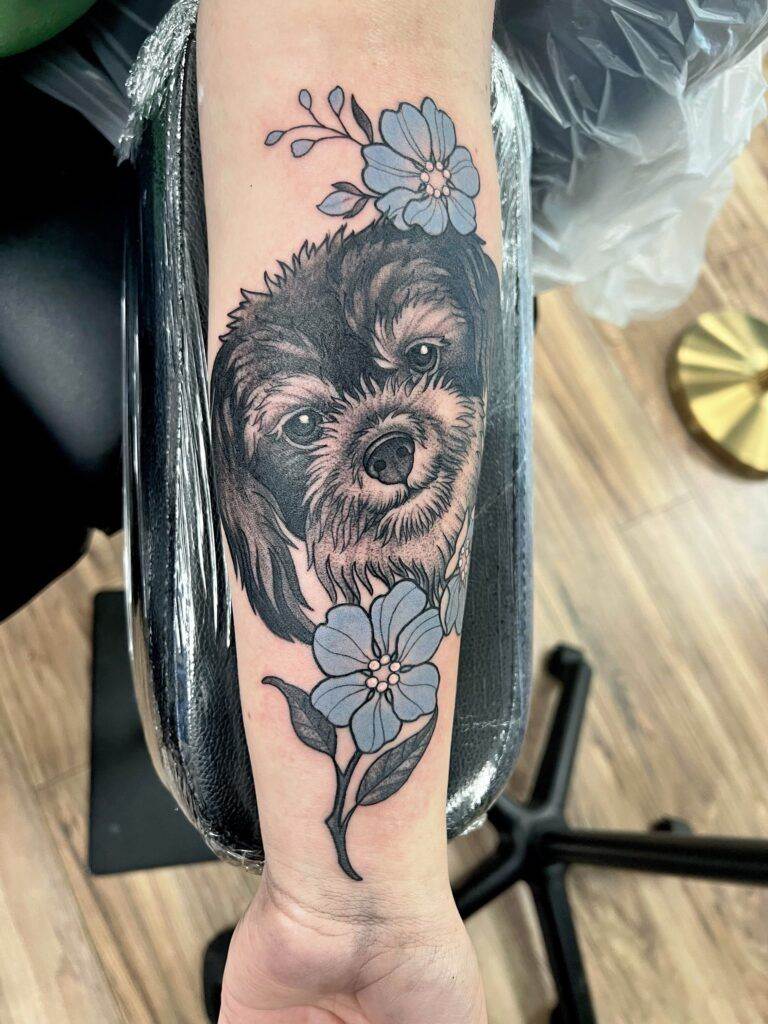The History of Tattooing
Ancient Origins
Tattooing has long been woven into the fabric of human expression, with its origins rooted deeply in ancient cultures worldwide. Evidence of tattooing dates back to around 3370 BC, with mummies discovered in Egypt displaying intricate designs. These early tattoos served various purposes, such as signifying social status, cultural identity, and protection against evil spirits. Many ancient societies viewed tattoos as a critical aspect of their rituals and traditions. For instance:
- Polynesia: Tattoos, known as “tā moko,” were integral to tribal identity, often signifying rank or achievements.
- Japan: The practice of tattooing was linked to the Yakuza, Japan’s organized crime groups, who adopted elaborate body art as symbols of loyalty and bravery.
- Native American Cultures: Tattoos served spiritual purposes, symbolizing a person’s journey, accomplishments, and connection to the community.
These examples showcase the rich, cultural tapestry of tattooing and how it has been embraced as a storytelling medium for millennia.

Evolution of Tattooing Styles
As societies evolved, so too did tattooing styles and purposes. The transition from traditional techniques to contemporary practices reflects shifts in cultural values and aesthetic preferences. Notable tattoos have emerged through various historical phases, including:
- Traditional Styles: Characterized by bold lines and limited color palettes, such as the tribal tattoos from Africa and Polynesia, showcasing natural designs inspired by flora and fauna.
- American Traditional: Gaining popularity in the early 20th century, this style features classic motifs like roses, skulls, and anchors, typically created with thick black outlines and vibrant colors.
- Japanese Irezumi: This intricate style often covers large body areas and includes themes of nature, mythical beasts, and folklore.
Today, tattooing has expanded into various genres such as realism, neo-traditional, and watercolor, allowing artists to express their creativity and providing individuals with endless options for personal expression. As tattooing continues to evolve, it remains both an ancient art form and a modern fashion statement. The historical journey of tattoos is a testament to their significance in human culture, bridging the past with the present in a unique and meaningful way.
Tattooing Safety Concerns
Sterilization Myths
While the allure of tattoos continues to grow, it’s essential to address the safety concerns that accompany this age-old practice. One of the most common myths surrounding tattooing is the belief that all tattoo parlors maintain a safe, sterilized environment. In reality, proper sterilization is crucial to ensure safety and prevent infections. Many people assume that because a shop looks clean, the tools must be sterilized. However, this is not always the case. Effective sterilization involves:
- Using Autoclaves: This equipment uses pressurized steam to kill bacteria and viruses. Shops without an autoclave may not be maintaining adequate hygiene.
- Single-use Needles: Reputable tattoo studios should use new, disposable needles for each customer. If needles are reused, the risk of transmitting infections increases significantly.
- Sanitizing Surfaces: All workspaces and equipment should be thoroughly cleaned and disinfected before and after each session.
It’s essential for individuals to research and select a reputable tattoo studio that follows stringent sterilization protocols to minimize risks.
Allergic Reactions
In addition to sterilization issues, allergic reactions to tattoo ink also pose significant safety concerns. While tattoos can be a form of self-expression, the colors and components used in inks can sometimes lead to unexpected reactions. Common points to consider regarding allergic reactions include:
- Ingredients in Ink: Many tattoo inks contain pigments and additives that may trigger sensitivities. For instance, some reds contain cadmium, which is known to cause allergic responses.
- Patch Testing: Before committing to a full tattoo, individuals can request a small patch test to check for allergic reactions. This simple step can save from potential discomfort later.
- Symptoms of Allergic Reactions: Watch for signs such as swelling, itching, or rashes in the tattooed area. If these occur, it’s recommended to consult a healthcare professional promptly.
Ultimately, by staying informed about sterilization practices and allergic reactions, individuals can venture into the world of tattooing with greater confidence and peace of mind. Understanding these concerns helps cultivate a safer space for everyone involved, so they can enjoy the art form without unnecessary risks.
Tattoo Removal Myths
Pain Level
As the trend of tattooing flourishes, so does the conversation around tattoo removal. Many believe that the pain associated with tattoo removal is unbearable, but this is often a misconception. While it’s true that removing an unwanted tattoo can be uncomfortable, advancements in technology have improved the removal process significantly. The pain level varies depending on several factors:
- Method of Removal: Different techniques impose varying levels of discomfort. For example, laser removal, which is the most common method today, might be described as similar to the sensation of a rubber band snapping against the skin. On the other hand, surgical excision may lead to more significant discomfort due to the cutting involved.
- Size and Color of the Tattoo: Larger tattoos often require more sessions, which can increase the cumulative pain experience. Additionally, certain ink colors (like black) respond more effectively to removal, influencing the overall experience.
- Pain Management: Many clinics offer numbing creams or local anesthesia to help minimize the discomfort during procedures, making the removal process more bearable.
Understanding these aspects can help quell the fear of pain and encourage individuals to explore their options.
Effectiveness of Removal Methods
Another common myth surrounding tattoo removal is the assumption that all methods are equally effective. In reality, the effectiveness varies significantly depending on the method used. Several tattoo removal methods can be evaluated based on their effectiveness:
- Laser Removal: The leading method, which uses specialized lasers to break down ink particles. This method is particularly effective for dark inks and often requires multiple sessions for optimal results.
- Dermabrasion: This technique involves “sanding” down the skin to remove the top layers, which may not always lead to complete removal and can leave scars.
- Surgical Excision: While effective for small tattoos, this method involves cutting the tattooed skin, which can leave noticeable scars and is unsuitable for larger designs.
It’s crucial for individuals to consider their unique tattoo characteristics when selecting a removal method. Consulting with a certified professional who can provide insights based on personal tattoo history and skin type is essential. In the end, dispelling myths surrounding tattoo removal pain and effectiveness allows individuals to make informed decisions, paving the way for a smoother journey in changing their body art choices when necessary.
Tattooing and Health Risks
Skin Damage Misconceptions
When it comes to tattooing, many misconceptions can lead to unnecessary fears about skin damage. One prevalent myth is that all tattoos cause irreversible harm to the skin. While it is true that the process involves needles puncturing the skin, it’s essential to understand the reality of how the skin heals and the potential for damage. Here are some key points to consider regarding skin damage:
- Healing Process: After a tattoo is created, the skin goes through a natural healing process where it can regenerate. Most people experience minor redness or swelling, but these symptoms typically subside within a few days.
- Professional Application: When done by a professional in a sterile environment, the risk of significant skin damage decreases dramatically. Skilled tattoo artists know how to minimize trauma to the skin.
- Aftercare: Proper aftercare is crucial. Following instructions for keeping the tattoo clean and moisturized allows the skin to heal without complications.
While some individuals might experience reactions such as keloids or scarring, these aren’t universal and can often be attributed to individual skin types or improper care rather than the tattoo itself.
Infection Risks
Infection is a more pressing concern that potential tattoo recipients should understand. The very act of puncturing the skin introduces risks if proper hygiene practices aren’t followed. Important aspects concerning infection risks include:
- Bacterial Infections: Tattoos can become infected if the equipment is not properly sterilized or if the tattooed area isn’t cared for adequately post-procedure. Symptoms of an infection can include redness, swelling, pus, and persistent pain.
- Choosing a Reputable Studio: Research is vital when selecting a tattoo parlor. Look for studios that adhere to strict health guidelines, showcasing their sterilization practices and cleanliness.
- Aftercare Practices: Following the aftercare regimen recommended by the tattoo artist, like keeping the area clean and avoiding submerging it in water (e.g., pools or hot tubs), can significantly reduce the likelihood of infections.
Ultimately, understanding the realities of skin damage and the infection risks associated with tattooing can empower individuals to take informed steps. By prioritizing hygiene practices and choosing skilled professionals, the tattooing experience can be safe, enjoyable, and a long-lasting form of self-expression.
Tattooed Individuals in Society
Tattoo Discrimination
As the tattoo culture grows, so does the scrutiny surrounding those who choose to adorn their bodies with ink. Despite a gradual acceptance of tattoos among many demographics, tattoo discrimination still exists, often manifesting in both social and professional settings. Consider the following aspects of tattoo discrimination:
- Perceptions and Stereotypes: People with tattoos can still be unfairly judged based on outdated stereotypes. Some individuals associate tattoos with rebellion or lack of professionalism, which can lead to biases in social interactions and job opportunities.
- Cultural Context: In some cultures, tattoos carry profound significance and are celebrated, while in others, they may still face stigma. Understanding these differences is essential in fostering acceptance and appreciation for personal expression.
These societal attitudes can have real consequences. Tattooed individuals may find themselves facing misunderstandings or prejudices that could impact their interpersonal relationships and career progression.
Professional Attitudes Towards Tattoos
The professional landscape regarding tattoos has evolved, albeit at different paces across various industries. Many organizations are beginning to embrace tattoos, viewing them as a form of personal expression rather than a measure of professionalism. Here are some notable trends in professional attitudes toward tattoos:
- Changing Standards: More companies, especially in creative fields like fashion, technology, and art, are welcoming tattooed employees. These organizations often celebrate diversity and view tattoos as part of individual identity.
- Dress Codes: While some traditional sectors like law or finance may still prefer a more conservative appearance, even these industries are loosening their dress codes regarding visible tattoos. Many firms are challenging the notion that appearance reflects a person’s work ethic or capabilities.
- Impact of Generational Shifts: Younger generations, who are generally more accepting of tattoos, are now entering the workforce. This shift is prompting a cultural reevaluation of how tattoos are perceived in professional environments.
As society continues to evolve, understanding and addressing tattoo discrimination will pave the way for broader acceptance. Encouraging open discussions about personal expression combats stereotypes and fosters a more inclusive environment for all individuals, regardless of their body art choices.

